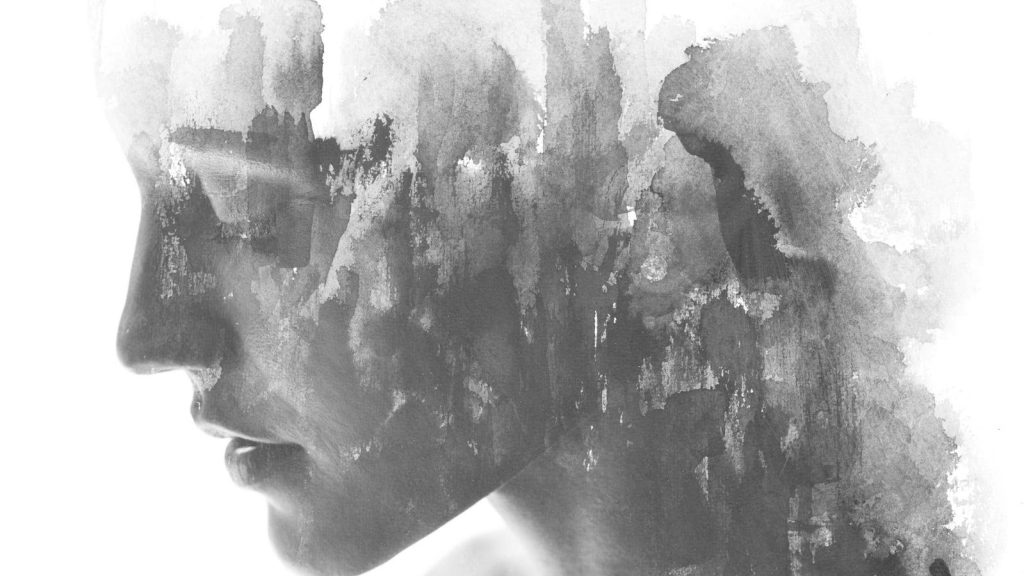“I have felt scared or panicky for no good reason”, “Things have been getting to me”, “I have felt sad or miserable”. These questions are all part of the 10-question Edinburgh Postnatal Depression Scale, or EPDS. First developed in 1987, EPDS – one of the most widely used screening tools for assessing symptoms of postpartum mood disorders – asks mothers to rate their level of agreement with ten statements, such as the ones above, on a scale from zero to three. Mothers with a collective score above 12 or 13 are likely to be suffering from postpartum depression.
If left undiagnosed and subsequently untreated, postpartum depression, which differs from the baby blues in length and severity, can negatively affect the mother, her husband or partner, and her baby. In fact, postpartum depression contributes to higher rates of suicide after childbirth – and suicide itself is a leading cause of maternal death in the first year following childbirth. Tests like EPDS, while not a diagnostic itself, can help healthcare professionals identify mothers who may be suffering. Currently, an estimated 10 to 20% of mothers experience postpartum depression, and less than 20% of them receive treatment.
Mothers aren’t the only ones who are feeling this type of depression and anxiety, however. A Gallup poll in May of this year found that 29% of US adults, across genders, reported having been diagnosed with depression at some point in their lives while 17.8% say they are currently depressed and/or receiving treatment for depression. These rates are the highest since 2015, when Gallup first started conducting this specific poll and reflect increases of nearly ten and nearly seven percentage points respectively since 2015 as well.
Women – as well as 18 to 29 year old adults – are among the most affected, reporting the highest rates of current depression or treatment for depression: 23.8% and 24.6% respectively. That percentage for men is 11.3% Meanwhile, 36.7% of women, compared to 20.4% of men, said they had been diagnosed with depression at some point in their lives – and the rate of depression in women has also risen at nearly twice the rate of depression in men in the last six years. (Men, though, historically have higher rates of undiagnosed depression than women do.)
The exact reasons for this gender-based discrepancy in depression aren’t known. One reason may be biological; puberty, pre-menstrual issues, childbirth, postpartum depression, perimenopause, and menopause – all women-specific conditions – can affect mood and lead to forms of depression-related illness. Social factors may also play a role: more so than men, women tend to have unequal power and status, to struggle with stigma or social perceptions, or to be overworked. They often take on more domestic (and unpaid) work than men do, even when they are the main breadwinner.
COVID-19 may have only exacerbated these challenges. It led to a disproportionate number of women who were let go of their jobs, who quit, who shouldered most of the responsibility for their kids at home, and/or who continued working but in stressful situations, such as ones that exposed them to COVID-19. And while the first year of the pandemic triggered a 25% increase in the prevalence of anxiety and depression worldwide, its effect on stress and anxiety were higher in women than men. Despite these various hypotheses, though, “The underlying mechanisms [behind this gender gap] remain unclear; thus, treatments specific to women have not been developed”, as one study summarized.
Just last year, though, researchers working with mice, found that increasing the Rgs2 protein in the nucleus accumbens, a specific region of the brain, reversed the effects of stress on these female mice: results that may translate into human women, and “treatments specific to women” one day. Increased knowledge around depression across races and ethnicities – as well as genders – can also lead to personalized and culturally competent care, treatment, and even screening tools.
Care that is appropriate, accessible, and personalized may, in turn, increase the effectiveness of screening for and treating depression, which is already among the most treatable of all known mental health disorders. About 80% to 90% of patients improve after seeking care – and their country’s economies benefit alongside them. Missed work and subsequently decreased or lost productivity due to depression in the U.S alone is estimated to cost $47.6 billion per year . Worldwide, that cost is estimated to be $210.5 billion per year, (including decreased or lost productivity and medical expenses). Plus, studies have shown that scaling effective treatments for depression and anxiety worldwide could save 43 million additional years of healthy life between 2016 and 2030.
Improving societal attitudes around depression may also help individuals seek treatment and receive care. As one poll found, millennials were almost twice as likely as baby boomers to be comfortable (62% vs. 32%) discussing their mental health – and, subsequently, breaking down the taboo and social isolation that can be caused by and can result from depression. Past Gallup polls have shown an increase in those seeking mental health care treatment – from 13% of respondents across genders and races in 2004 to 23% in 2022 – rather than struggling alone. And employers are increasingly offering mental health services and support as well. For example, though only 4% of employees are utilizing these programs, 98% of mid-to-large companies in the United States offer Employee Assistance Programs.
October 10 has been World Mental Health Day for over 30 years. This year’s theme, that mental health is a human right, serves as a reminder that no individual, regardless of gender, race, or reason for depression, should have to feel “scared or panicky” or “sad or miserable” – and as a goal to reduce the number of people who say they feel that way, on the Edinburg Postnatal Depression Scale, through Gallup, or otherwise.
Read the full article here










